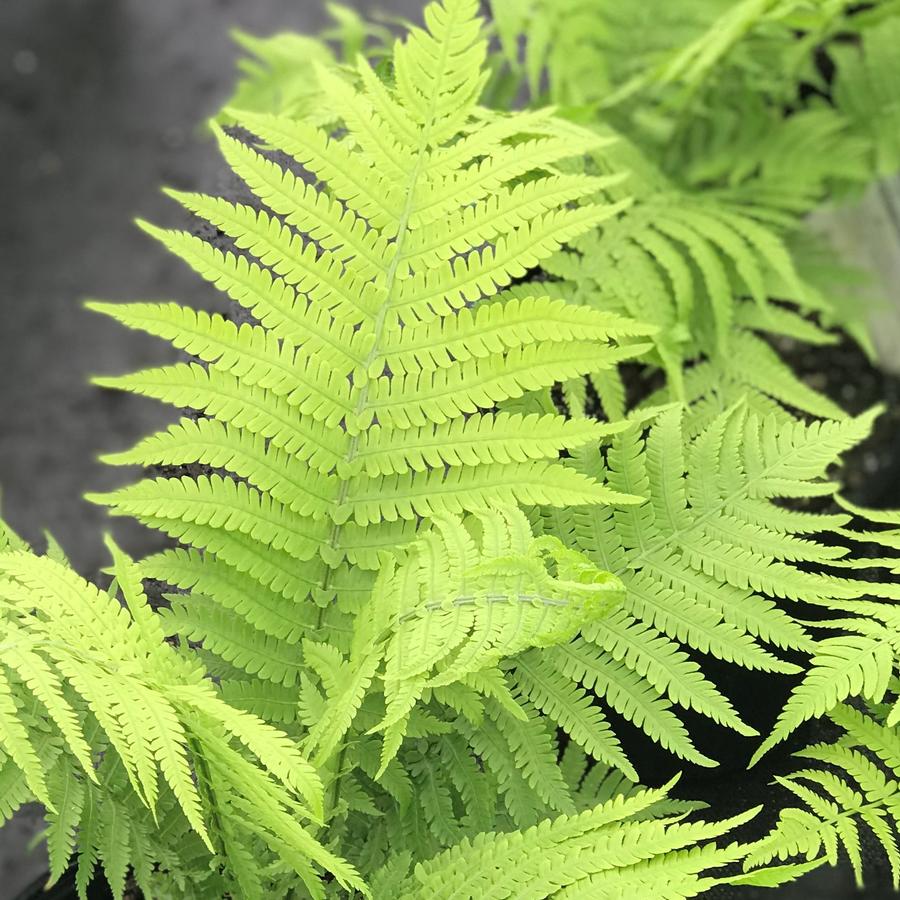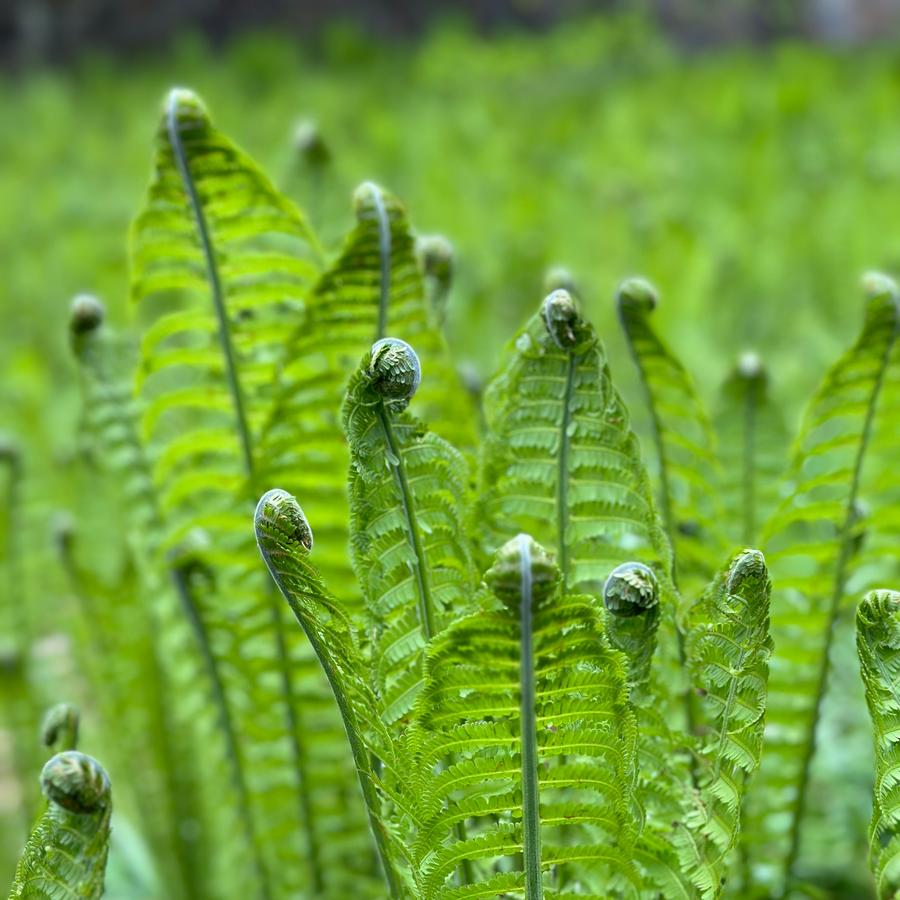Absolutely! Here’s a 3000-word article about Matteuccia struthiopteris, the Ostrich Fern, formatted with `
` and `
` tags instead of “.
The Majestic Ostrich Fern: A Verdant Wonder of the Woodland
The Majestic Ostrich Fern: A Verdant Wonder of the Woodland
Botanical Characteristics and Identification

Sterile Fronds: The Graceful Giants
The sterile fronds, also called trophophylls, are the most prominent feature of the Ostrich Fern. These fronds can grow up to 1.5 meters (5 feet) in length, creating a dramatic and visually appealing display. They are bipinnate-pinnatifid, meaning they are divided into primary pinnae (leaflets) and further subdivided into secondary pinnules. The vibrant green color of the fronds, combined with their delicate texture, adds a touch of elegance to any landscape.
Fertile Fronds: The Hidden Gems

Unlike the showy sterile fronds, the fertile fronds, or sporophylls, are much shorter and appear later in the season. They are typically brown or dark brown and grow erect in the center of the crown. These fronds bear sori, which are clusters of sporangia containing spores. The fertile fronds are often overlooked due to their less conspicuous appearance, but they play a crucial role in the fern’s reproduction.
Rhizomes: The Underground Network
Natural Habitat and Distribution

The Ostrich Fern is native to temperate regions of the Northern Hemisphere, including North America, Europe, and Asia. It thrives in moist, shaded environments, such as woodlands, riverbanks, and floodplains. Its preference for these habitats reflects its need for consistent moisture and protection from direct sunlight.
North American Habitats
In North America, Matteuccia struthiopteris is commonly found in the eastern and central regions, particularly along river valleys and in forested areas. It prefers rich, organic soils and can often be seen growing alongside other shade-loving plants.
European and Asian Habitats
In Europe and Asia, the Ostrich Fern also favors moist woodlands and riparian zones. It is well-adapted to the temperate climates of these regions, thriving in areas with cool summers and moderate winters. The fern’s presence often indicates a healthy ecosystem with ample moisture and shade.
Cultivation and Garden Use
Planting and Soil Requirements
The Ostrich Fern prefers rich, moist, and well-drained soil. It thrives in slightly acidic to neutral soil conditions. When planting, it is essential to ensure that the rhizomes are planted horizontally and covered with a layer of organic matter, such as compost or leaf mold.
Light and Watering
Propagation
The Ostrich Fern can be propagated through division of the rhizomes in early spring or late autumn. This method involves carefully separating the rhizomes and replanting them in suitable locations. Spore propagation is also possible but requires more specialized techniques and takes longer to produce mature plants.
Garden Design and Companion Plants
The Ostrich Fern’s dramatic foliage makes it an excellent focal point in shade gardens. It pairs well with other shade-loving plants, such as hostas, astilbes, and ferns like the Lady Fern (Athyrium filix-femina) and the Japanese Painted Fern (Athyrium niponicum ‘Pictum’). Its ability to form dense colonies also makes it ideal for naturalizing woodland areas.
Ecological Significance
Soil Stabilization and Erosion Control
The extensive rhizome system of the Ostrich Fern helps stabilize soil and prevent erosion, particularly along riverbanks and slopes. Its ability to form dense colonies also contributes to soil health by adding organic matter and improving soil structure.
Habitat for Wildlife
The fern’s fronds provide shelter and nesting sites for insects, amphibians, and small mammals. Its presence contributes to biodiversity and supports a healthy ecosystem.
Nutrient Cycling
As a deciduous fern, Matteuccia struthiopteris contributes to nutrient cycling by shedding its fronds in the fall. The decaying fronds add organic matter to the soil, enriching it with essential nutrients.
Cultural and Culinary Uses
Fiddleheads: A Spring Delicacy
The young, unfurled fronds of the Ostrich Fern, known as fiddleheads, are edible and considered a delicacy in some cultures. They are harvested in early spring before the fronds fully expand and are typically cooked or sautéed. However, proper identification and preparation are crucial, as some ferns can be toxic.
Traditional Uses
In some indigenous cultures, Matteuccia struthiopteris has been used for medicinal purposes. The rhizomes and fronds have been used to treat various ailments, although scientific evidence supporting these uses is limited.
Challenges and Conservation
While Matteuccia struthiopteris is generally adaptable, it faces some challenges, including habitat loss and invasive species.
Habitat Loss
The destruction of natural habitats, such as woodlands and riparian zones, poses a significant threat to the Ostrich Fern. Urban development, agriculture, and deforestation contribute to habitat loss, reducing the fern’s natural range.
Invasive Species
In some areas, invasive plants can outcompete native species like Matteuccia struthiopteris. Invasive species can alter the ecosystem, reducing biodiversity and negatively impacting the fern’s growth and reproduction.
Conservation Efforts
Conservation efforts are essential to protect Matteuccia struthiopteris and its natural habitats. These efforts include habitat preservation, restoration projects, and public education about the importance of native plant conservation.

